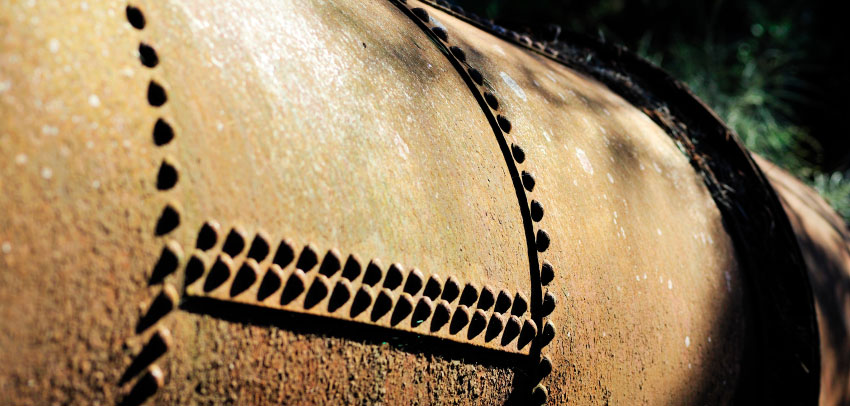It’s not really boasting to say that Thomas Industrial Coatings is one of the best industrial painting and coating contractors in the country. That’s just Thomas Pride. After all, we’ve got a long history of quality, efficiency, and satisfied clients to back us up. But when one of our crews hits an incredible milestone on a project we’ve been hired to complete? Well, it’s hard not to brag on them just a little.
Painting and coating pipeline and fuel storage can be a tough job, as you may have read in an earlier post here on our blog. It’s that type of project that has been keeping our San Diego crew busy for quite some time now as they prepare the surface and coat the fuel farm on the Point Loma submarine base. They’ve put in a lot of hard work to keep up with both the tight deadlines and high standards of quality the military demands, but they’re training and dedication to professionalism has seen them through to a fantastic achievement: completing 1000 days on the project with no work stoppage or delays whatsoever.
Everyone here at Thomas Industrial Coatings would like to say congratulations to our San Diego/Point Loma crew, as well as General Contractor Nova-UCCO Joint Venture and all the other subcontractors who helped us achieve this incredible goal. Once again, our workers have raised the bar for what should be expected of a contractor in the painting and coatings industry, and we simply could not be prouder. Way to go!
(photo of the Point Loma project courtesy of root-pass.com)



